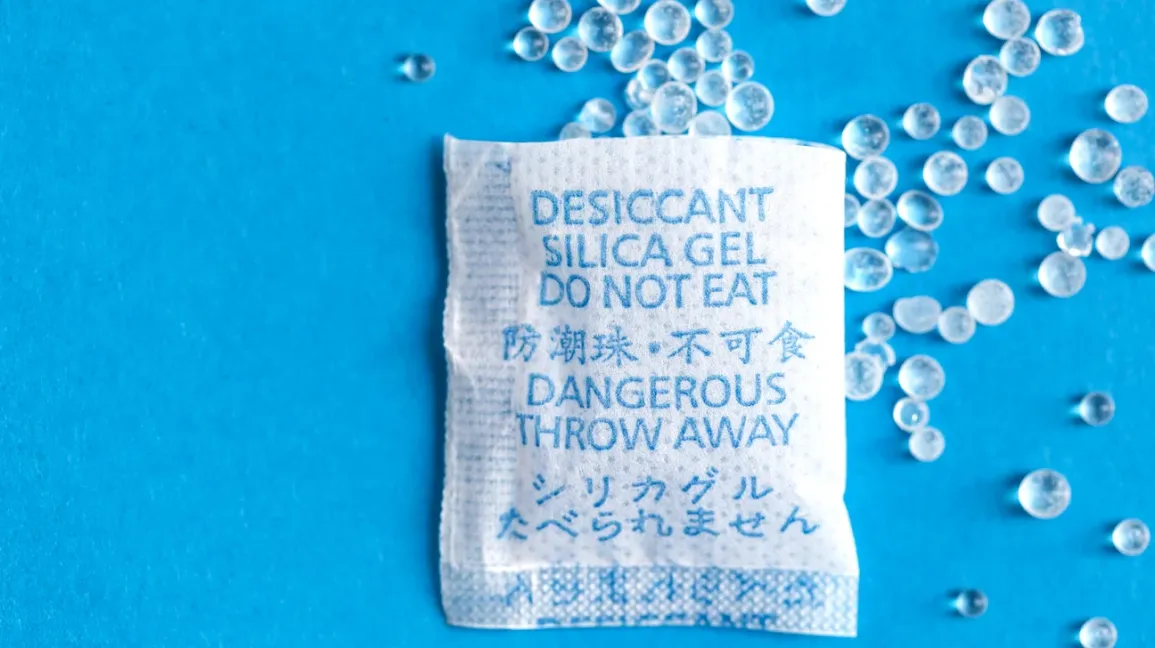Registered Address
Chandigarh-160035, India
Work Hours
Monday to Friday: 9AM - 6:30PM


In the realm of hazardous substances, silica gel stands as a ubiquitous but often underestimated presence. These unassuming packets, commonly found nestled within product packaging, harbor a desiccant composed primarily of silicon dioxide. Employed to absorb ambient moisture and safeguard goods during storage and transit, silica gel’s innocuous appearance belies its potential peril when consumed.
Consider a scenario where a curious individual, perhaps unaware of silica gel’s intended purpose, ingests a packet. Upon ingestion, the initial gastrointestinal response may mirror that of mild food poisoning, manifesting as nausea, emesis, and abdominal discomfort. The abrasive texture of silica gel exacerbates these symptoms by provoking irritation along the mucosal lining of the alimentary canal.
However, the crux of the danger lies in silica gel’s hygroscopic nature. As it traverses the digestive tract, silica gel zealously siphons moisture from surrounding tissues, precipitating dehydration and disrupting electrolyte balance. In instances of substantial ingestion, the formation of a cohesive mass may obstruct the gastrointestinal lumen, precipitating a medical emergency akin to mechanical bowel obstruction.

The clinical urgency inherent in silica gel ingestion necessitates immediate medical intervention to address symptoms, rectify dehydration, and effectuate the safe removal of any residual material. Though silica gel lacks the lethality associated with infamous toxins, its ingestion underscores the imperative of exercising caution with seemingly innocuous substances.
In conclusion, the narrative of silica gel ingestion serves as a poignant reminder of the imperative to heed warning labels and exercise prudence in the handling of commonplace materials. Even within the ostensibly mundane, latent hazards may lie, awaiting discovery by the unsuspecting.